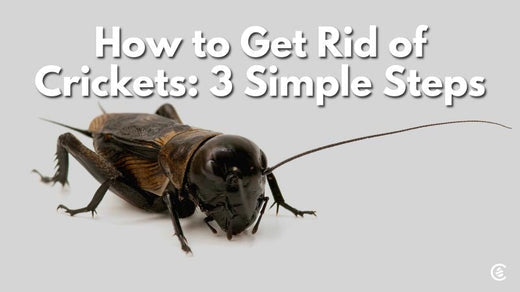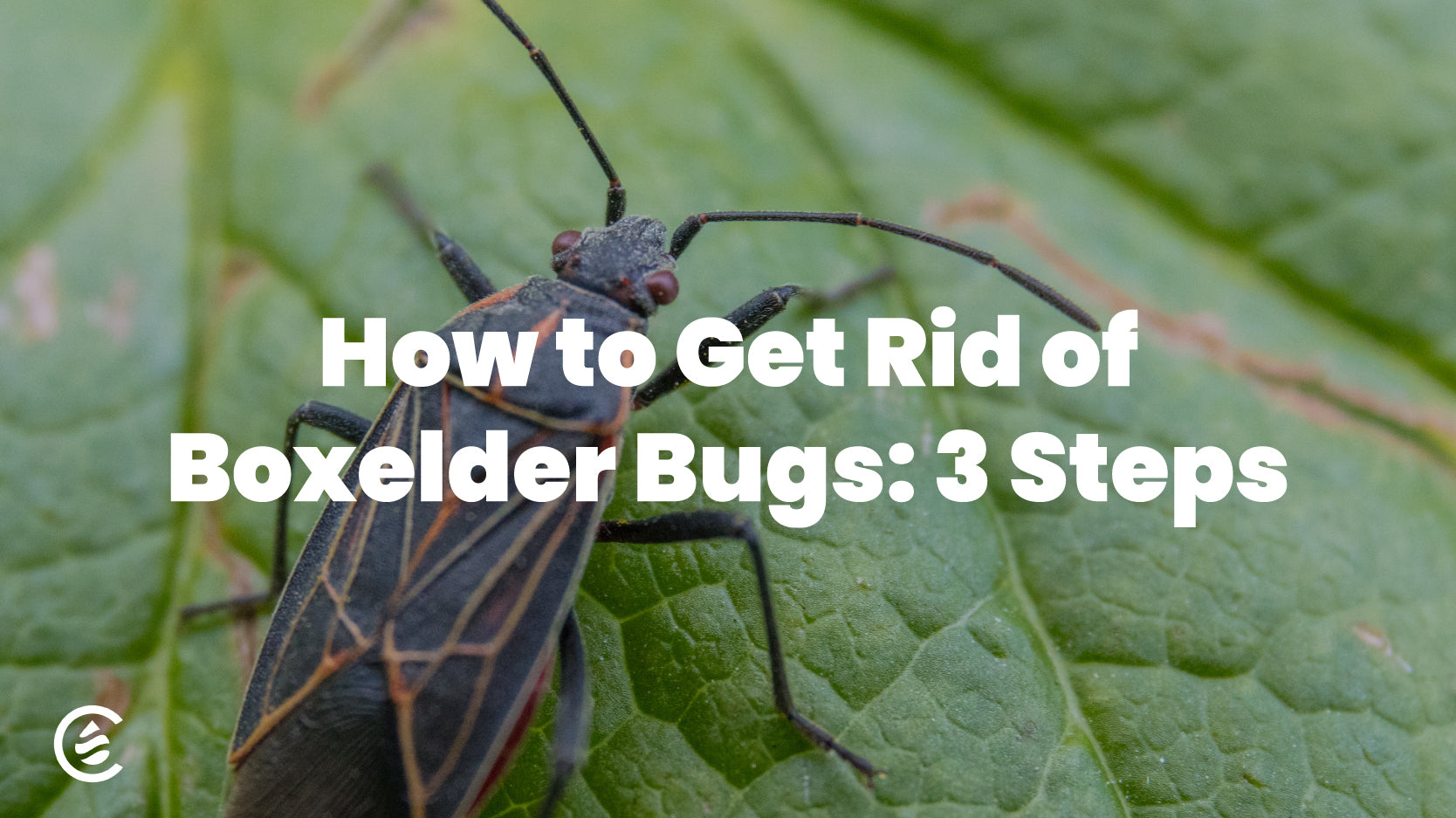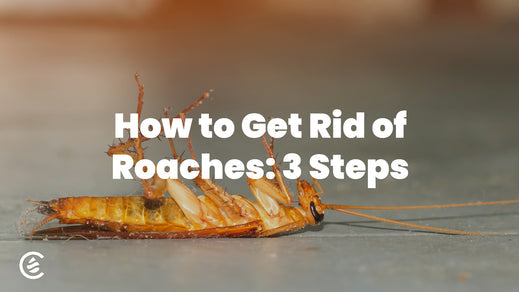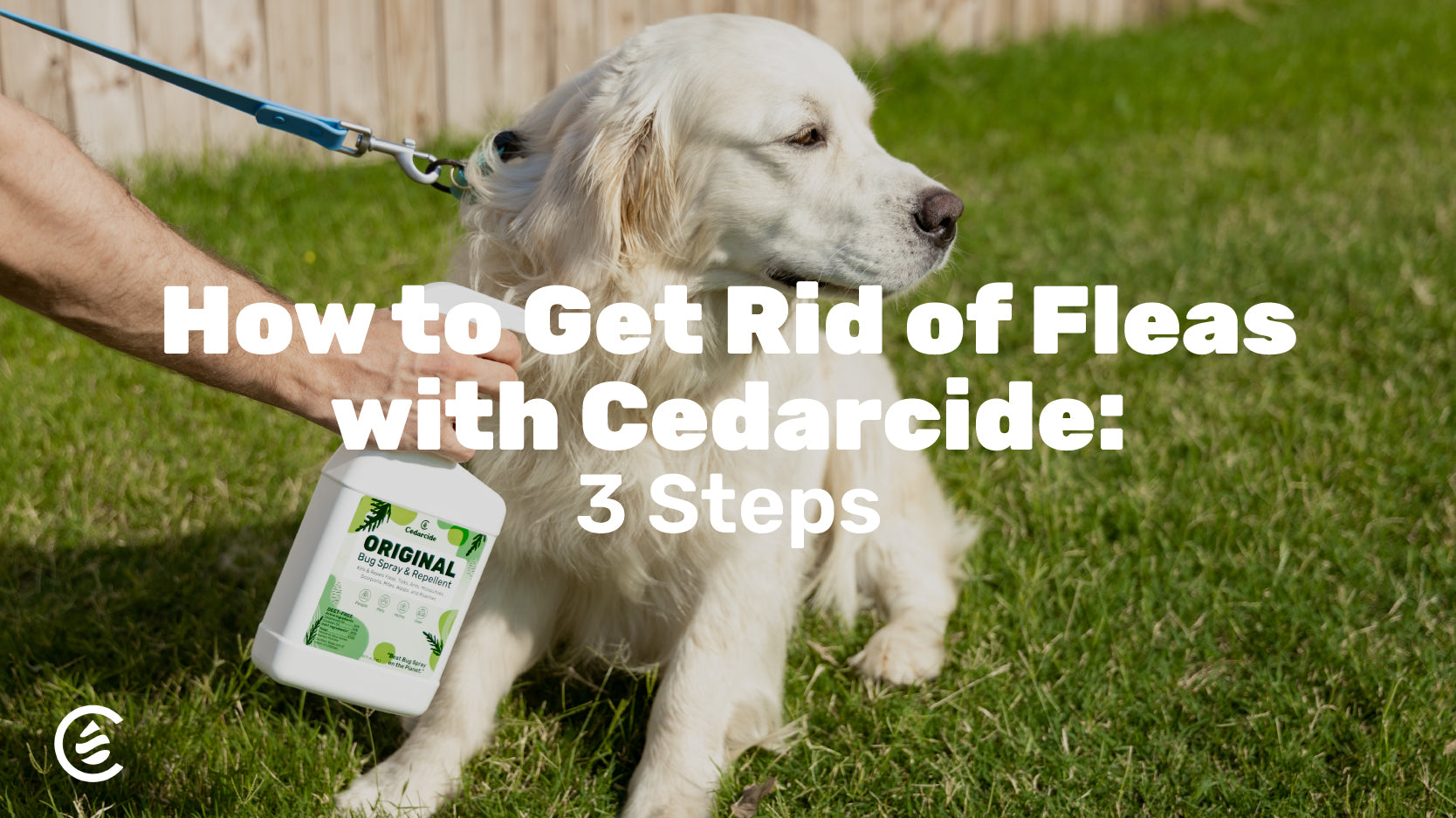Guides
How to Get Rid of Crickets: 3 Simple Steps
Did you know crickets and their waste are known to spread all sorts of disgusting germs, including salmonella and E.coli!?
How to Get Rid of Centipedes: 3 Steps
Apart from the rare cases when centipedes bite, these many-legged, nocturnal bugs are actually quite beneficial. They won’t harm your home or belongings, they won’t eat the food in your kitchen or the plants in your garden, but they will help rid your home and lawn of other unwanted pests, such as roaches, spiders, moths, flies, termites, ants, moths, ticks, fleas, silverfish and more.
How to Get Rid of Boxelder Bugs: 3 Steps
During the warm months, the small orange and black insects known as boxelder bugs go mostly unnoticed. However, once the leaves start to turn and temperatures drop, these annoying, odor-causing pests begin to emerge in search of warmth, often in disturbingly large numbers.
These Are the Fall Pests You Need to Worry About
The chirp of crickets can be a seasonal pleasure, but when your home’s haunted with that noise all night long, it’s certainly an unwelcome intrusion. A home full of dozens of dead and decaying crickets is really gross, too.
How to Get Rid of Roaches: 3 Steps
Few bugs send a shiver down your back like a giant cockroach scuttling across your kitchen floor. And sure—they don’t bite or sting, but they’re really, really gross, infamous for spreading all sorts of germs and grime throughout our homes, right around our loved ones and pets.
How to Get Rid of Japanese Beetles: 3 Steps
Japanese Beetles and their larval grub form are arguably the most destructive garden pests you can face, capable of destroying your entire lawn or garden in only a matter of days. Here’s how to control Japanese beetles with just 3 simple steps.
10 Surprising Places Bugs Could Be Hiding in Your Home
So you might not want to hear this, but there are definitely bugs hiding in your home, whether you see them or not. Normally it’s no big deal, a few beneficial bug-eating spiders here or there. But sometimes you’re not so lucky, and your hidden bugs are a costly problem just waiting to happen.
How to Get Rid of Fleas with Cedarcide: 3 Steps
While a flea or two isn’t usually a cause for panic, if left untreated they can quickly become the worst bug problem you’ve ever faced. Given that a single female flea can produce a population of over 20,000 in just 60 days, it’s not hard to see how fast things can get out of hand. All of which is to say, if you think you might have fleas, you need to act immediately.
How to Get Rid of Earwigs Naturally
While their large pinchers might seem threatening, earwigs are actually quite harmless, and in many cases can be a welcome addition to your yard’s natural ecosystem. And no, the old wives’ tales are not true—earwigs never burrow into human ears or present any other threat to people or pets.
How to Get Rid of Carpenter Ants: 3 Steps
If you think you might have carpenter ants, there’s no time to spare, so let’s get right to the point. Once you locate the colony, getting rid of carpenter ants with Cedarcide is straightforward and best of all it doesn’t involve exposing your family or pets to poisonous pesticides. Here’s how to get rid of and prevent carpenter ants with Cedarcide in 3 simple steps:
How to Check for & Get Rid of Powderpost Beetles
Second in damage only to termites, powderpost beetles can do a number on your home’s wooden structure, its furniture, fencing, and more. Hard, soft, old, new—powderpost beetles aren’t picky and will eat nearly any type of wood. They’re known to damage books and other valuables like paintings, too.
What Are No-See-Ums? And How to Get Rid of Them
Also known as biting midges or sandflies, no-see-ums are a family of small flies that resemble gnats and mostly feed on plant nectar. If their name didn’t give it away, they’re often impossible to see, as they're usually no more than 1–3 mm in size (about the size of the point of a pencil!). In fact, most people don’t realize they’ve encountered these bugs until they start to itch. You see, just like mosquitoes, female no-see-ums bite and drink blood, which they require to lay eggs.













